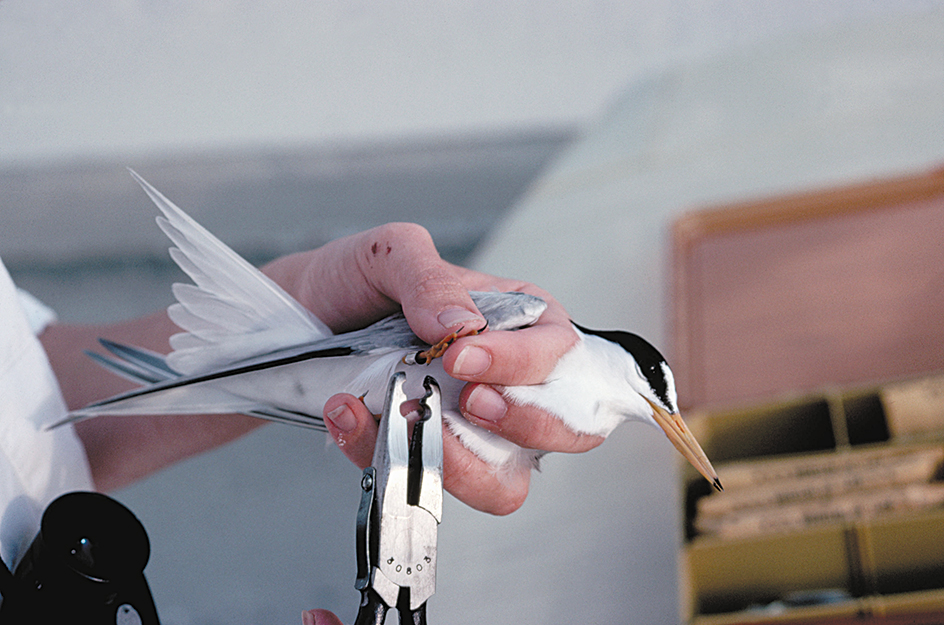Zoology, << zoh OL uh jee, >> is the study of animals. Zoologists try to answer many questions about animals. For example, they conduct research to determine how animals carry out the activities of their lives. They also study how different species are related to one another and how species have evolved (changed over long periods). Zoologists observe the ways animals interact with one another and their environment. They also try to find out how people and animals affect one another.
The study of zoology has benefited people in many ways. Human beings and animals have many similar body parts and body functions. As a result, zoology forms a basis for understanding human medicine and other health-related fields. Some animals, such as certain insects and worms, can be harmful to people. Zoological research has led to better methods of dealing with such animals. Zoological studies also have helped in the management of wildlife and other natural resources and in the breeding of domestic animals.

What zoologists study
No one knows for certain how many kinds of animals there are in the world. More than 1 million species have been identified, and new ones are discovered every year. No zoologist can know more than a small part of all that is known about animals. As a result, most zoologists specialize in a certain area of study.
Many branches of zoology deal with a particular kind of animal. For example, entomology is the study of insects, the largest group of animals. Mammalogy deals with mammals, those animals that have hair and that feed their babies on the mother’s milk. Ichthyology is the study of fish. A zoologist in any of these fields might spend an entire lifetime studying a single species of animal.
Other areas of zoology deal with certain characteristics that many animals have in common. Taxonomy is the study of naming and classifying animals and other organisms. As part of their work, taxonomists establish relationships among different animal groups. For instance, they have shown that bats are more closely related to mice and other mammals than they are to birds. Comparative anatomy is the study of differences and similarities in the body structures of different animals. A comparative anatomist might compare the circulatory systems of sharks, frogs, and cats. Paleontology is the study of prehistoric organisms. Paleontologists and comparative anatomists have made important contributions to knowledge about the evolution of many animals.
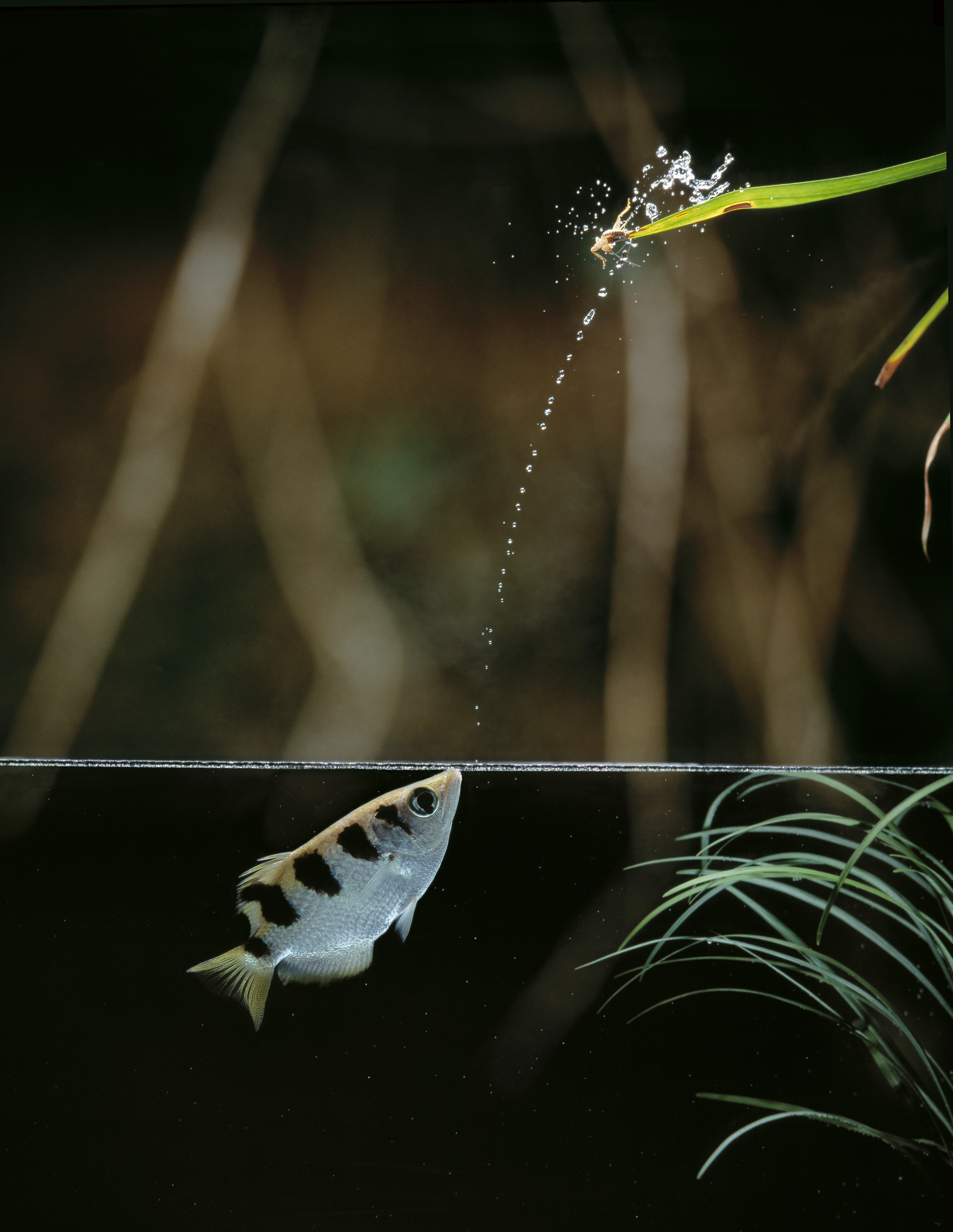
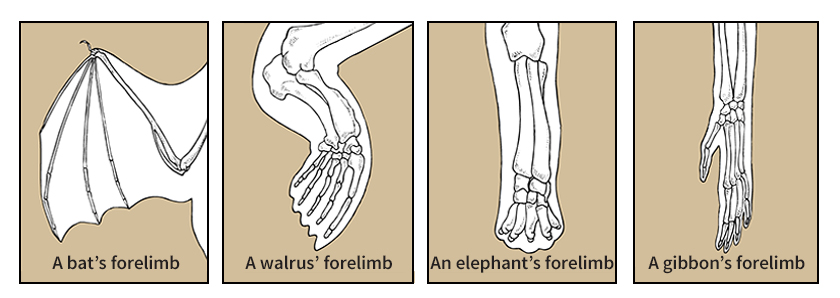

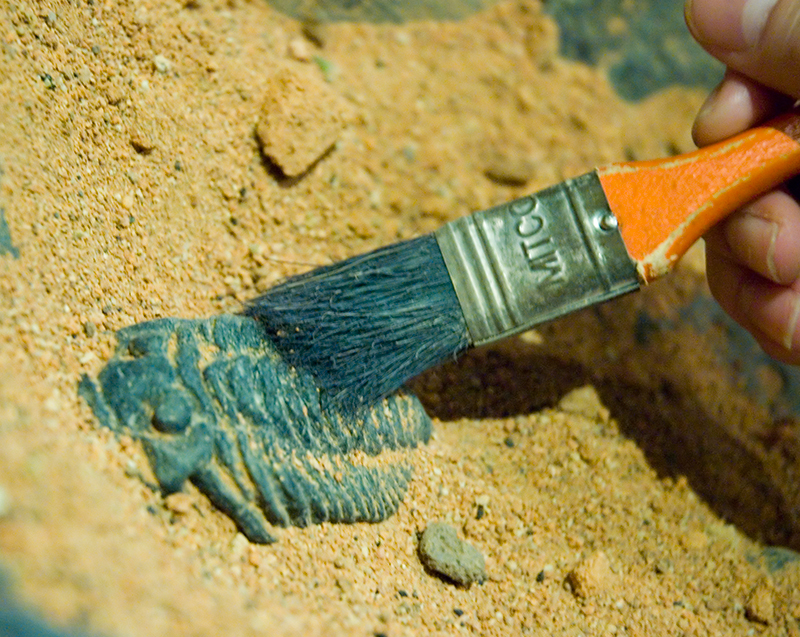
Zoologists who study embryology deal with the formation and development of organisms from fertilized eggs to birth. Physiology is the study of the functions of animals. Physiologists may observe how the heart pumps blood, how nerves transmit impulses, and how muscles contract.
Other areas of zoology include genetics, molecular biology, and ecology. Genetics is the study of heredity, the passing on of characteristics from parents to their young. Molecular biology examines the structure and function of proteins and other large molecules essential to life. These two fields of zoology are important in breeding livestock and in understanding certain human diseases. In addition, through genetic engineering, scientists have been able to alter the genes (units of heredity) of various organisms (see Genetic engineering). Ecology is the study of the relationship of organisms to their environment. A knowledge of ecology helps in managing Earth’s limited resources without harming plant and animal populations. 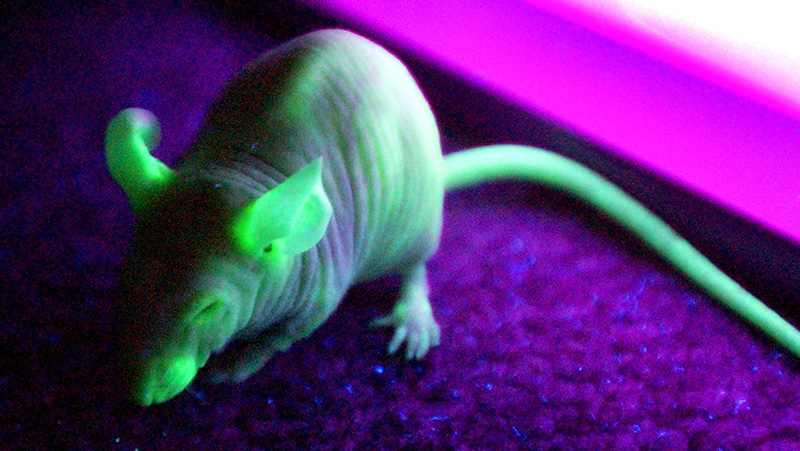
How zoologists work
Many zoologists work in modern laboratories at universities, research centers, zoos, and museums. Other zoologists do field studies in the outdoors. These studies might be performed in a wildlife refuge, at the North Pole, in the jungle, at sea, or anywhere else animals live.
Like other scientists, zoologists conduct research by gathering information in an orderly way. Zoologists often begin their research with an observation that arouses different thoughts as to its meaning. For example, a zoologist working in a laboratory might notice that some rats are much smaller than others. Following this observation, the zoologist would attempt to explain why the rats are smaller by making a scientific guess called a hypothesis. The zoologist might hypothesize that the group of small rats lacked a substance that affects normal growth.
After making the hypothesis, the zoologist would test the hypothesis by a series of experiments. In this example, the zoologist might compare the blood of both groups of rats to see if any substance was missing in the blood of the smaller rats. Suppose, in this case, that a substance called growth hormone was absent in the small rats. Additionally, injections of growth hormone restored normal growth in the rats. At this point, the zoologist would develop a theory that would state a connection between this substance and growth. For example, the zoologist might state that growth hormone is necessary for normal growth in rats. Testing the theory in different situations for long periods of time might prove or disprove the theory.
When a zoologist adds to the knowledge of zoology, he or she writes a report of the findings. Such reports are published in scientific journals that are read by zoologists and other interested people.
History
People have always been curious about animals. Prehistoric people had an interest in those animals that were useful as food or clothing, as well as those that were dangerous. Early cave paintings show some of these animals.
During the 300’s B.C., the Greek philosopher Aristotle described the structures and habits of animals found in Greece. He based his conclusions on his own observations and those of others. He is sometimes called the father of zoology. Galen, a Greek physician, studied anatomy and physiology in the A.D. 100’s. He made observations of dissected animals and experimented with living animals. Galen’s work greatly influenced the early medical profession.
During the 1500’s, Andreas Vesalius, an anatomist born in present-day Belgium, argued against Galen in On the Structure of the Human Body (1543). This book contained the first detailed portrayal of the human body. Many of Vesalius’s observations are still accepted today. The development of the compound microscope in the 1500’s and 1600’s led to many discoveries. Cells, bacteria, and protozoans were observed for the first time.
Many zoological discoveries occurred in the 1700’s and 1800’s. In 1758, the Swedish naturalist, Carolus Linnaeus, published a classification system for animals. The system enabled all scientists to use a universally accepted name for each animal that had been discovered. In the early 1800’s, Baron Cuvier of France made important contributions to paleontology and comparative anatomy. Cuvier concluded that several animals had become extinct. See Classification, Scientific.
Until the end of the 1700’s, most people believed that each species of life had remained unchanged and no new species had appeared since the world began. In 1809, the Chevalier de Lamarck, a French naturalist, proposed a theory of evolution of new species based on the influence of the environment. For example, Lamarck said that giraffes had developed long necks by stretching for leaves. Long necks, he said, would then be passed on to the next generation of giraffes. Discoveries in genetics later showed that Lamarck was wrong. But his ideas influenced many scientists, among them the British naturalist Charles Darwin. Darwin made tremendous contributions to zoology. In 1859, he published The Origin of Species, one of the most influential zoology books ever written. In it, Darwin presented the theory of natural selection to explain how evolution works. See Evolution; Natural selection. 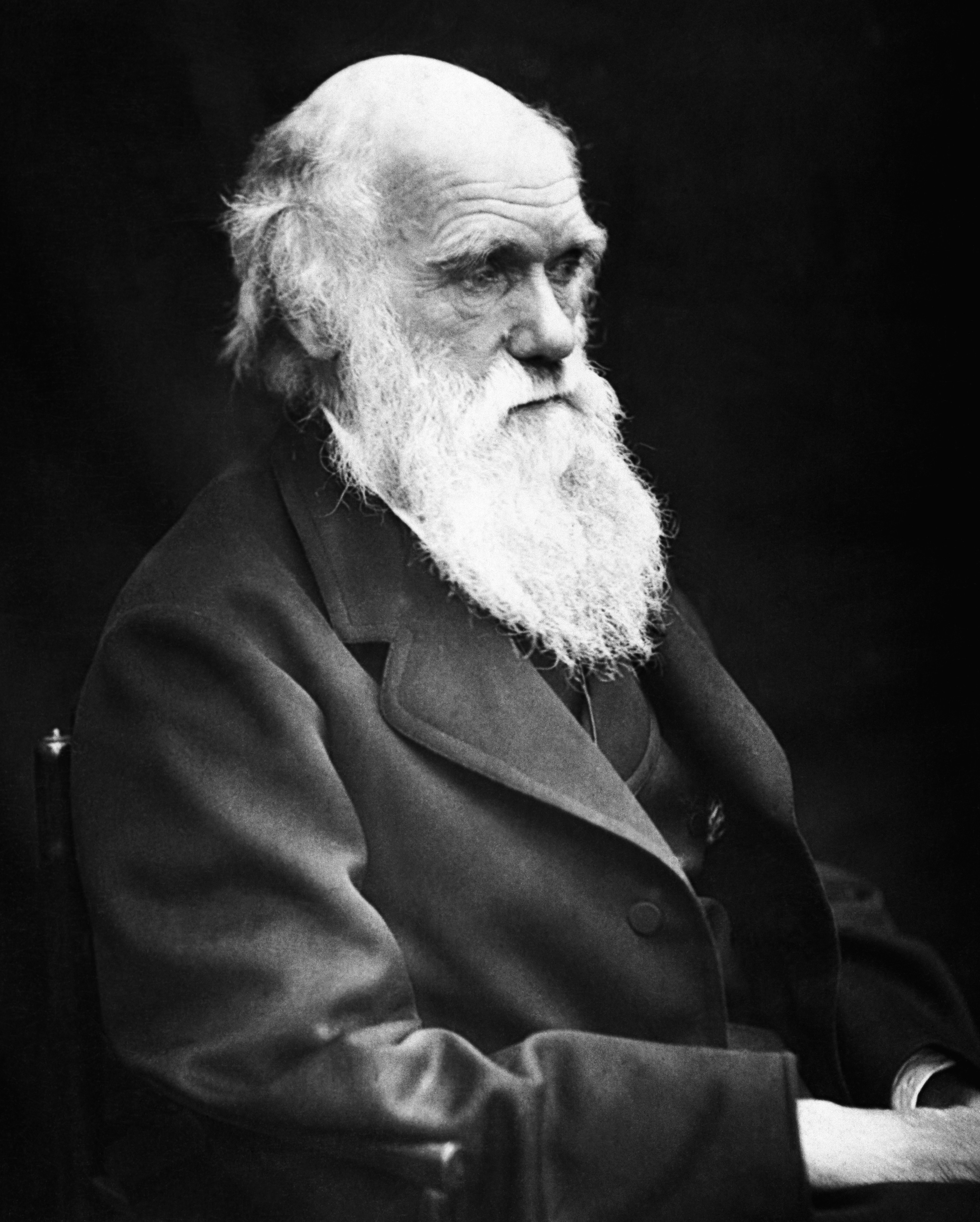
Important findings have continued to occur in zoology since 1900. Many of them were made in the areas of genetics, physiology, developmental biology, and neurobiology (the study of the nervous system). An important area of zoology that developed in the mid-1900’s is ethology, the study of animal behavior. The Austrian naturalist Konrad Lorenz helped found this field with his study of the behavior of geese.
Today, molecular biology and conservation biology have become increasingly significant branches of zoology. Molecular biology has enabled scientists to learn much more about the genetic makeup of animals. Scientists have even learned to develop clones, or genetic copies, of certain animals. Conservation biologists work to conserve animal species threatened with extinction. Many zoologists in this field try to get these animals to breed in captivity. As more species have become threatened, such work has grown increasingly important.
Careers in zoology
Zoology offers a broad range of career opportunities. The majority of these careers require a college education. In addition to zoology courses, students who wish to become zoologists must take courses in mathematics, chemistry, and physics. Many students also take courses in computer science and statistics. Zoology careers usually require further training in graduate or professional school.
Many zoologists teach and conduct research in colleges and universities. Others work in zoos and museums. Many scientists with zoological training work to make more food available for people. These agricultural scientists work with cattle, hogs, sheep, and other farm animals. They use genetic engineering, selective breeding, and other methods to produce more and bigger animals for food. Zoologists with special training in fishery biology attempt to improve the production of fish for food.
Some zoologists work with animals in the field. These zoologists include game wardens, park managers, and ethologists. Manufacturers sometimes hire zoologists to test the effect that a product, such as a fertilizer or insecticide, will have on animals in their natural environment. Zoologists also may work as writers, illustrators, or photographers.
